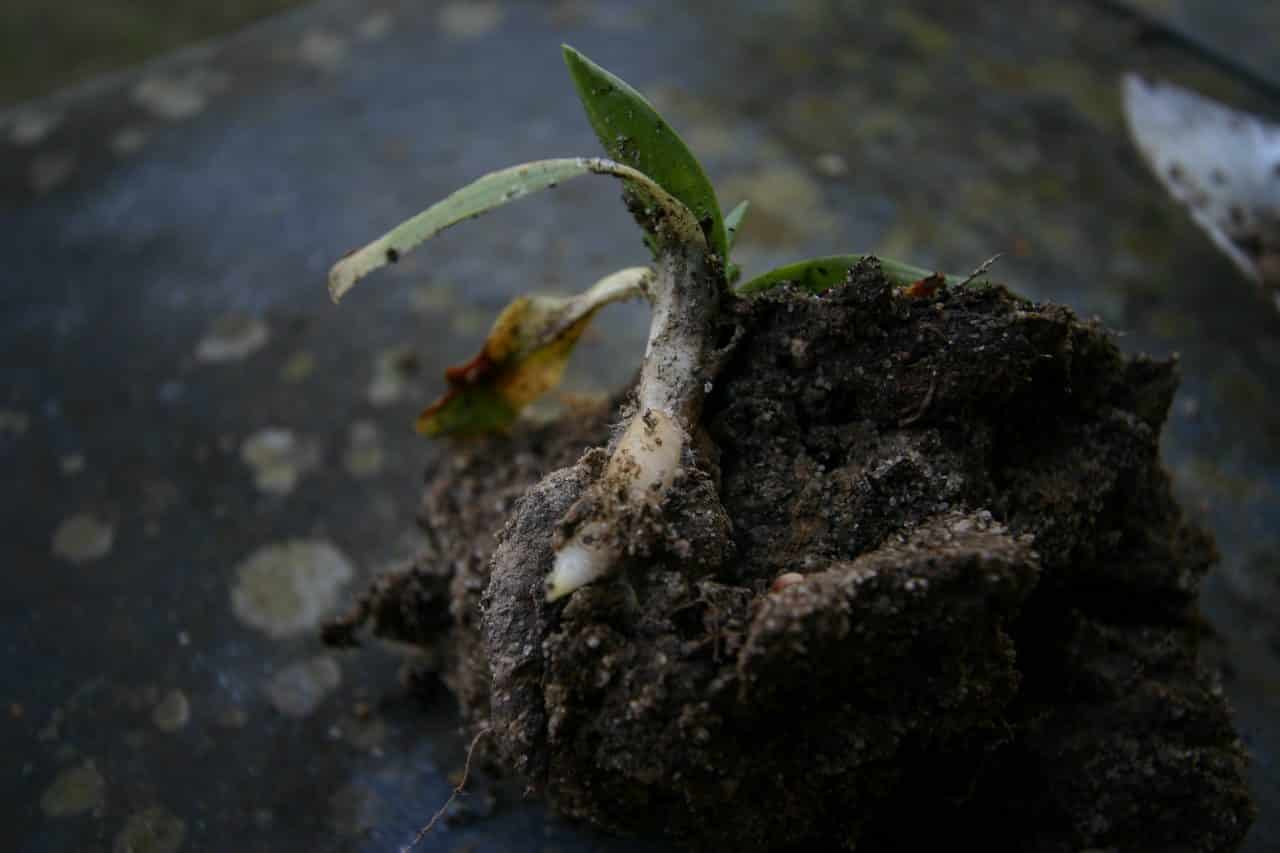
“European targets for nitrogen deposition will have to be adjusted”
A European study led by biologists from KU Leuven shows that nitrogen precipitation is “a serious threat to the survival of essential fungi in grasslands, which puts biodiversity under pressure”. The research was carried out in Belgium, the Netherlands, France, Germany, Switzerland, England, Sweden, Estonia and Iceland.
Our traffic and, above all, our agricultural fertilisation cause the emission of various pollutants, including nitrogen. Among other things, it ends up in the air as a gas and then in the soil via the rain. Due to this form of soil pollution – nitrogen deposition – the soil slowly acidifies and eventually becomes toxic. Nitrogen affects many types of mould. They form an important link in ecosystems such as forests or grasslands. In the end, they are essential for the growth of plants. Many fungi provide the plants with nutrients and water, while the plants supply these fungi with sugars via their roots.
“If more than 5 to 6 kilograms of nitrogen per hectare of forest precipitate per year, then the mushrooms die and trees can literally die of hunger and thirst.”
British researchers have already investigated the fungi in forests, says biologist Tobias Ceulemans of KU Leuven. “These are the fungi that are visible above ground: the typical forest mushrooms such as the fly agaric and the chanterelle. If more than 5 to 6 kilograms of nitrogen are precipitated per hectare of forest per year, then the mushrooms die and so trees can literally die of hunger and thirst.”
In grasslands, the vast majority of these helpful fungi are completely underground. As a result, until recently little was known about their reaction to nitrogen. A European study was set up under the auspices of the KU Leuven. “We have collected plant roots and soil samples at 40 locations in Europe. The nitrogen content in the air was determined over a period of ten years. The DNA analysis was used to investigate which fungi occur in the soil, and in what quantities.”
The fungi from grasslands appear to be slightly more resistant to nitrogen than forest mushrooms, but the results remain worrying, says Ceulemans. “Most grassland fungi already disappear from the soil at a nitrogen deposition lower than 7.7 kilograms per hectare per year. This is bad news for Flanders. We are one of the worst pupils in the European class, with an average of 23.4 kilograms of nitrogen per hectare per year according to the Flemish Environment Agency. Plant species that depend on fungi, but also the animals that live on these plants, such as butterflies and bees, will then disappear.
“Together with the agriculture and transport sector, we have to look at what measures are needed to limit the emission of nitrogen.”
According to Ceulemans, the study shows that the European targets for nitrogen deposition will have to be adjusted. “These standards now range from 10 kilograms of nitrogen per hectare per year for the most vulnerable ecosystems, such as peat bogs and dry deciduous forests, to 25 kilograms for the least sensitive ones, such as nutrient-rich valley forests. These values are, therefore, still too high. Policymakers and the agriculture and transport sectors will have to look honestly at what support measures are needed and possible in order to limit nitrogen emissions. Fortunately, examples from neighbouring countries, such as the United Kingdom, show that this is possible. The United States also has similar targets.”

The full study “Arbuscular mycorrhizal fungi in European grasslands under nutrient pollution” will be published on Friday 23 August 2019 in the scientific journal “Global Ecology and Biogeography“.

